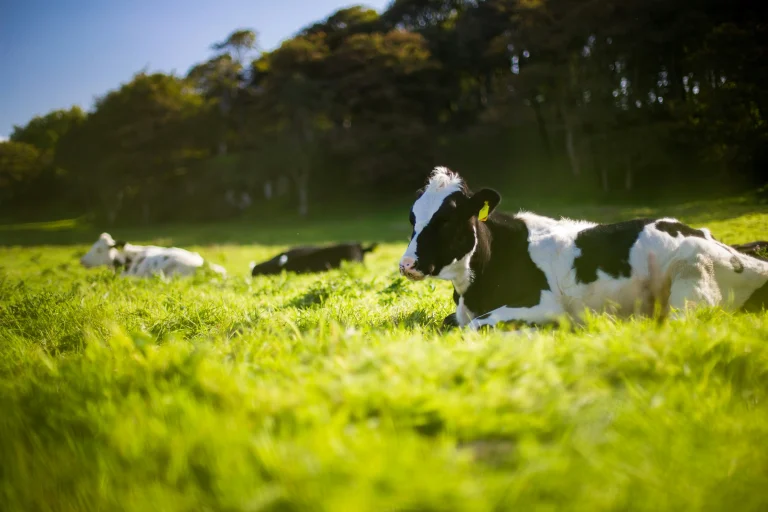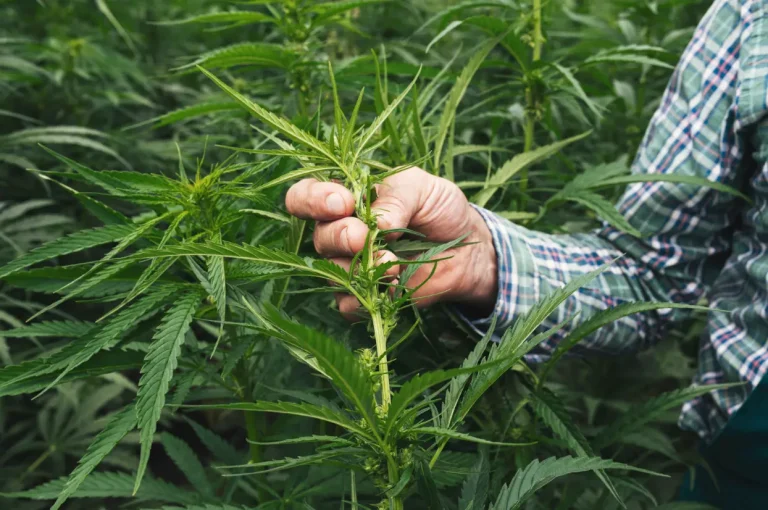With feed prices high and pressure mounting to cut agriculture’s environmental footprint, pig producers are rethinking what goes into the trough. Alternative feeds – from insects and algae to nut by-products and rice bran – could reduce reliance on imported soybean meal and fishmeal, and make pig production more circular.
The challenge is turning early research into scalable, cost-effective diets that perform as well as conventional rations. In this Q&A, Farming Future Food looks at what’s working, what isn’t, and what’s next for sustainable pig feed.
Why are alternative feeds gaining attention?
Feed makes up 60–70% of total production costs in pig systems. Reducing that cost exposure — while also addressing deforestation linked to global soy supply — is pushing producers to explore new ingredients that can deliver the same amino-acid balance and energy density. Circular agriculture policies and carbon-footprint targets are accelerating that shift, especially in the EU, where locally sourced and waste-derived ingredients are increasingly prioritised.
What are the most promising new feed ingredients?
Insects remain the most studied option. Research shows that black soldier fly larvae and mealworms can replace part of the protein in grower and finisher diets without affecting growth or nutrient digestibility. For younger pigs, cricket meal has proved highly digestible, offering a sustainable protein option in early diets.
Algae and seaweed are another frontier, rich in amino acids, minerals and omega-3s. Several species show potential to rival fishmeal in nutrient density. At the same time, agricultural residues such as nut by-products and rice bran are being re-evaluated for their protein and fibre content, offering a route to reduce feed waste and improve local circularity.
What are the biggest barriers to adoption?
Despite strong research interest, cost and regulation remain the main roadblocks. The EU’s strict rules on using waste streams in insect rearing – designed to protect against contamination. Industry experts say legislative clarity and support for circular feed systems could help the sector take off, but the regulatory environment isn’t the only challenge.
Most alternative ingredients remain niche, so scale and supplies remain an issue. To compete with established protein sources, they need reliable large-volume production with consistent nutrient quality. Some studies also caution that claims about the sustainability or profitability of insect production can be overstated, meaning producers and consumers will need more verified data on environmental impact and feed efficiency.
In addition, replacing soy or fishmeal isn’t straightforward. Diets must still meet amino-acid and energy requirements, and inclusion limits vary by ingredient and processing techniques.
What’s next for alternative feed development in pig diets?
The coming decade is likely to see a shift from single-ingredient trials to more integrated feed systems. Researchers are now looking at how combining insect meal with algae or crop residues can balance amino acids, improve gut health and reduce costs. Advances in insect genetics, substrate optimisation and algae processing are expected to make these ingredients more digestible and commercially viable, while reducing their environmental footprint.
At the policy level, clearer legislation and targeted incentives could unlock growth by allowing safe use of certain waste substrates and encouraging circular feed systems. Producers are also asking for stronger life-cycle data on greenhouse gas emissions, water use and land impact to back up sustainability claims.
Some alternative feeds may even allow producers to differentiate their pork products, for instance by improving omega-3 content or reducing the environmental impact per kilogram of meat. Regional sourcing will continue to be a priority, with local feedstocks such as rice by-products and insect meal helping European producers reduce dependence on imported soy. With growing investment, supportive policy shifts and ongoing nutritional research, alternative feeds are edging closer to commercial viability — positioning them as a credible tool in the drive toward more resilient and sustainable pig production.
Further reading
Insect feeds offer promise for growing pig diets
Putting insects and algae on the menu: everything you need to know about alternative feeds
Why nutritious terrestrial livestock feeds may come from the water
Nut by-products could feed livestock and improve industry circularity
Crickets could replace conventional proteins in piglet diets
Using rice as alternative feed works for pigs and could tackle supply backlogs
Key facts
- Feed accounts for 60–70% of total pig production costs, making nutrition one of the biggest levers for profitability.
- Insect, algae and crop by-product feeds are being explored to reduce reliance on imported soybean meal and fishmeal.
- Trials show black soldier fly larvae and mealworm meals can replace part of conventional protein sources without harming growth performance.
- Cricket meal offers a digestible, sustainable protein option for young pigs, while algae and seaweed supply valuable amino acids and omega-3s.
- Agricultural residues such as rice bran and nut by-products support circular feed systems and local sourcing.
- Major barriers include cost, regulation, scale and nutrient consistency; balancing amino acids remains essential in alternative formulations.
- Ongoing research and supportive policy could make blended alternative feeds a commercially viable, lower-impact option for pig production.
Want to read more stories like this? Sign up to our newsletter for bi-weekly updates on sustainable farming and agtech innovation.









